The PS5 Pro doesn't feel $200 better right now
Sony's upgraded PlayStation 5 suffers from just how well game developers have mastered developing for the regular PS5
In the days leading up to this week’s U.S. election, I wasn’t sure what was closer, the presidential polls or my captured videos showing Marvel’s Spider-Man 2 in action on the PlayStation 5 and PS5 Pro.
Sony had sent me a Pro last week, a week ahead of launch, accompanied with tips about what to look for. But I was struggling to spot big differences.
I found myself virtually looking over the shoulders of experts. Maybe Nate Silver could help me deduce whether Trump or Harris had the lead in the Sun Belt; perhaps staring at videos from Digital Foundry would help me see the impact of improved ambient occlusion on the PS5 Pro.
The polls were closer than the election results, and perhaps in time the PS5 Pro’s performance will establish a sizable electoral college lead over the PS5, but this week, nope.
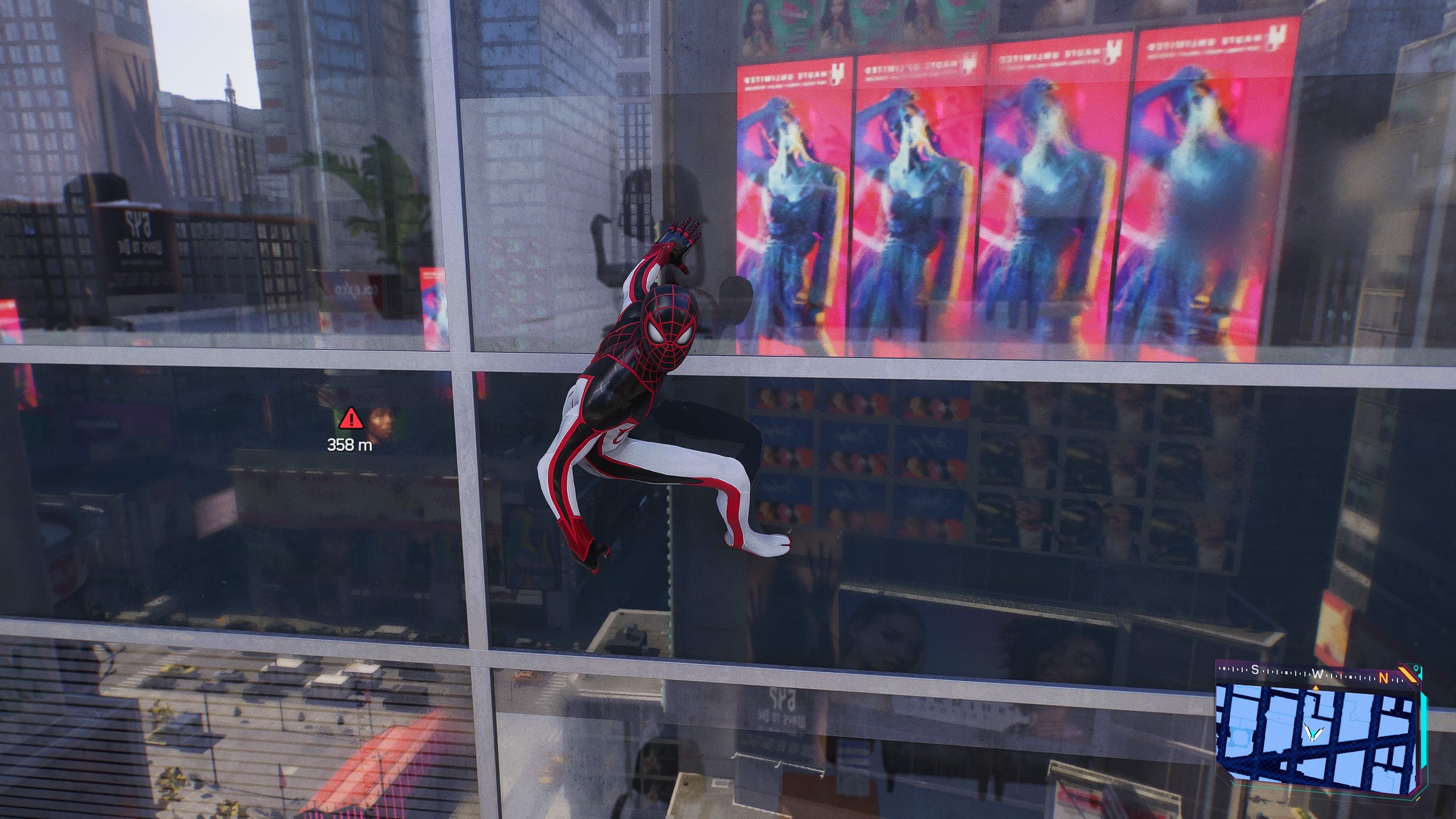
At this moment, the most convincing measure that the PS5 Pro is indeed more powerful than the Pro is that it costs $200 or so more than regular PS5s.
(It’s tough to compare the prices precisely, because the $700 Pro doesn’t have the disc drive that the $500 PS5 does, but it does have 2TB of internal storage vs. the vanilla PS5’s 1TB.)
Technically, there are differences. Via TechRadar’s helpful chart, the Pro’s GPU has 16.7 TFLOPs; the regular PS5’s has 10.28 TFLOPS.
If that seems too arcane to determine how much better the Pro might make a game run, consider that when you run Marvel’s Spider-Man 2 on the PS5 Pro, you are given access to two graphics modes. The more experimental one, Fidelity Pro, includes an option to toggle on features such as “RT Key Light Shadows.” In genuinely understandable terms, Spider-Man’s developers at Insomniac explain the option in the game’s settings menu, as follows:
Use ray-tracing to calculate sun shadows at mid-to-far distances, replacing cascaded shadow maps. The improvement is most impactful on city views.
That made enough sense to me. City view? I can get one of those. I took control of Miles Morales and climbed to the top of the game’s Freedom Tower, first with that option turned on:
Then I then turned it off, left, came back and:
Perhaps my TV isn’t good enough.
I mean, of course it isn’t.
Earlier this week, I got a note from the folks behind No Man’s Sky. They sent me 8K screenshots and 8K footage. It looked marvelous on my computer. But my TV can’t show 8K.
I can see some PS5 Pro benefits.
In Alan Wake 2, the Pro allows the game to have ray tracing. Here’s ray tracing off:
Here it is on:
Off:
On:
(Everyone knows that you measure game performance based on puddles, right?)
Back to Spider-Man 2. The problem isn’t just my TV. It’s that the tech folks at Insomniac are just too good. The game already looks amazing on my regular PS5.
I should also note that I’ve always played Spider-Man 2 in performance mode, which targets 60 frames per second. If there’s one technical thing I care about—because I can notice it—it’s frame rate. Games feel better to play when they animate more smoothly, so I’ve always switched my console games’ settings to produce better frame rate (performance mode) rather than more detailed resolution (quality mode).
When the PS5 Pro was announced, PlayStation architect Mark Cerny said that games had been giving players a choice between modes that offer great frame rates or great resolution. The Pro, he said, could offer both in a single mode. I suspect that if I had been a resolution-mode player I would have more appreciation for the Pro’s ability to give me the best resolution at a high frame rate. Beautiful games would now be playing more smoothly. But given that I never cared much for resolution, getting an improvement via the unified mode on PS5 Pro just isn’t having a big impact for me.
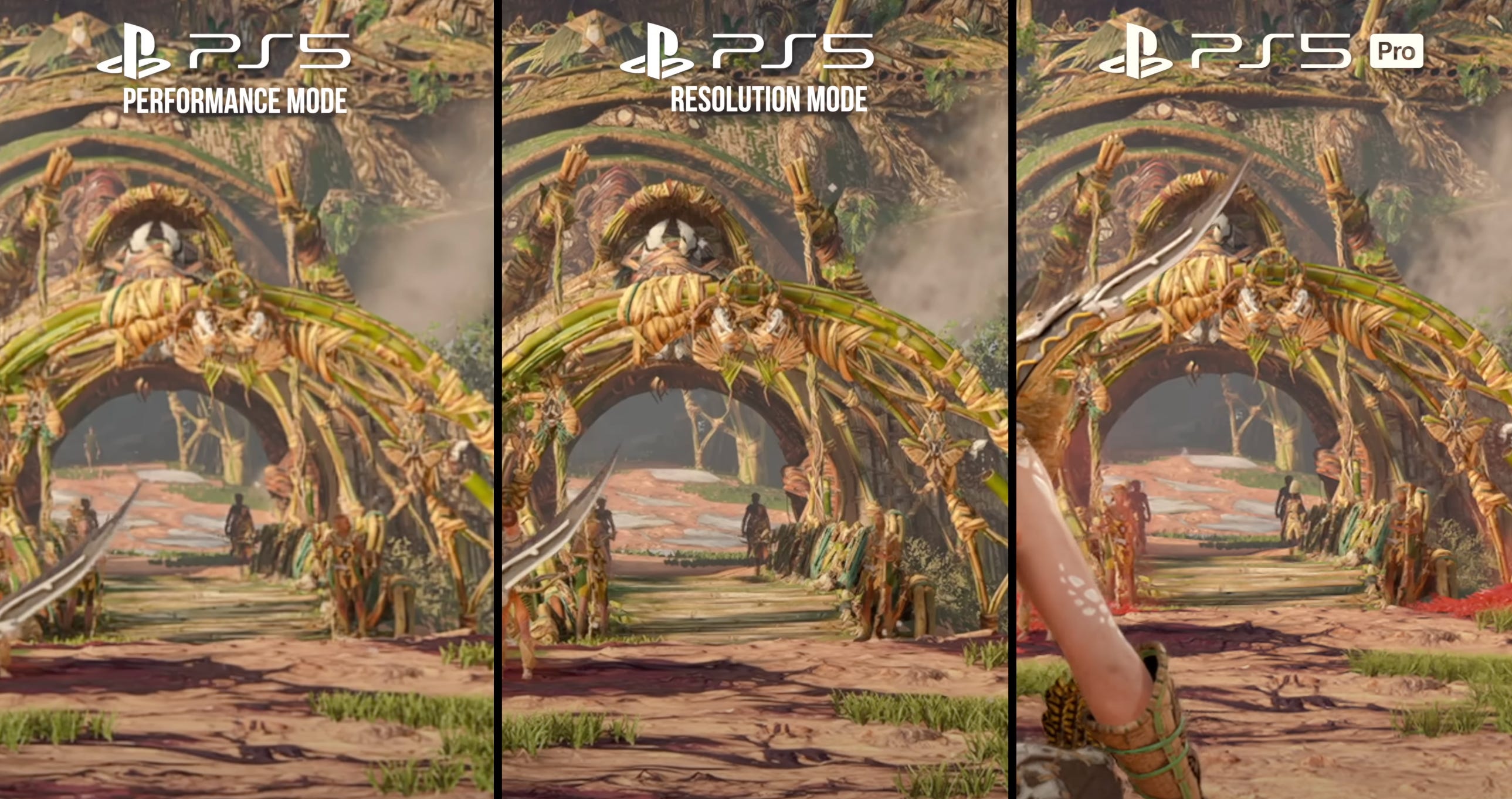
Here’s a nice perk: The Digital Foundry folks, who are aces at spotting technical differences, report that technically un-enhanced PS5 games run better on the Pro, with smoother frame rates, thanks to the new systems’ special boost mode.
Over at GameSpot, their review concludes that the PS5 Pro is not a must-buy:
[F]or now, this is a console you should get only if you've got cash to spare and just want to know you have the latest version of the console. For everyone else, a standard PS5 will do just fine.
That seems right, but that also is the nature of these mid-gen console upgrades. They need to feel optional. Games need to run well on the original systems. (I think the only active console maker that has released a mid-gen performance upgrade that was required for some games was Nintendo. That boost was modest, came bundled with the first of two games that required it, and that all happened a quarter century ago).
Sony’s new console is probably wasted on me for now. Consider my take that of a fairly conventional gamer. I swing down the streets of virtual NYC as Peter Parker while using my Pro and I think, wow, this look great. Then I switch back over to my regular PS5 and think, oh yeah, it looked great here, too. Of course, having two PS5s at the ready to use for comparison isn’t conventional at all.
Over time, newer PS5 games might reveal a starker difference.
A new generation of consoles isn’t expected until 2028. We’ll just have to see what the next four years reveal about the choice offered this week. (Wait, what was I writing about again?)


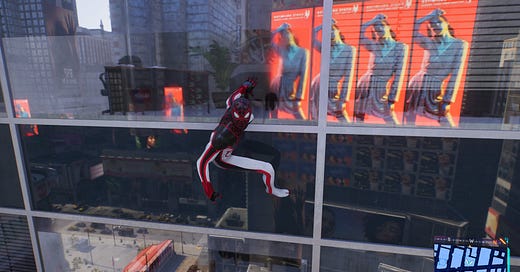



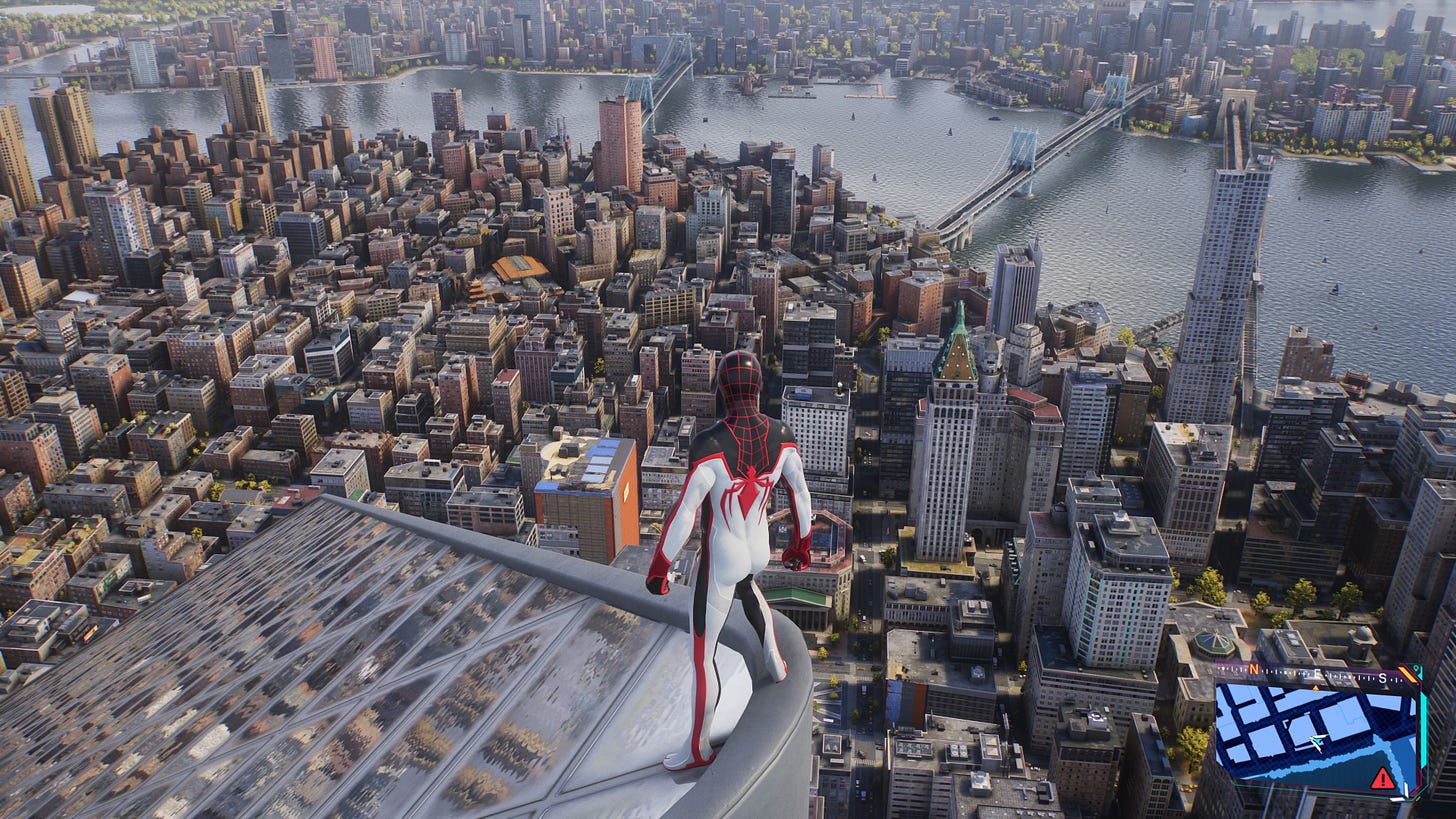
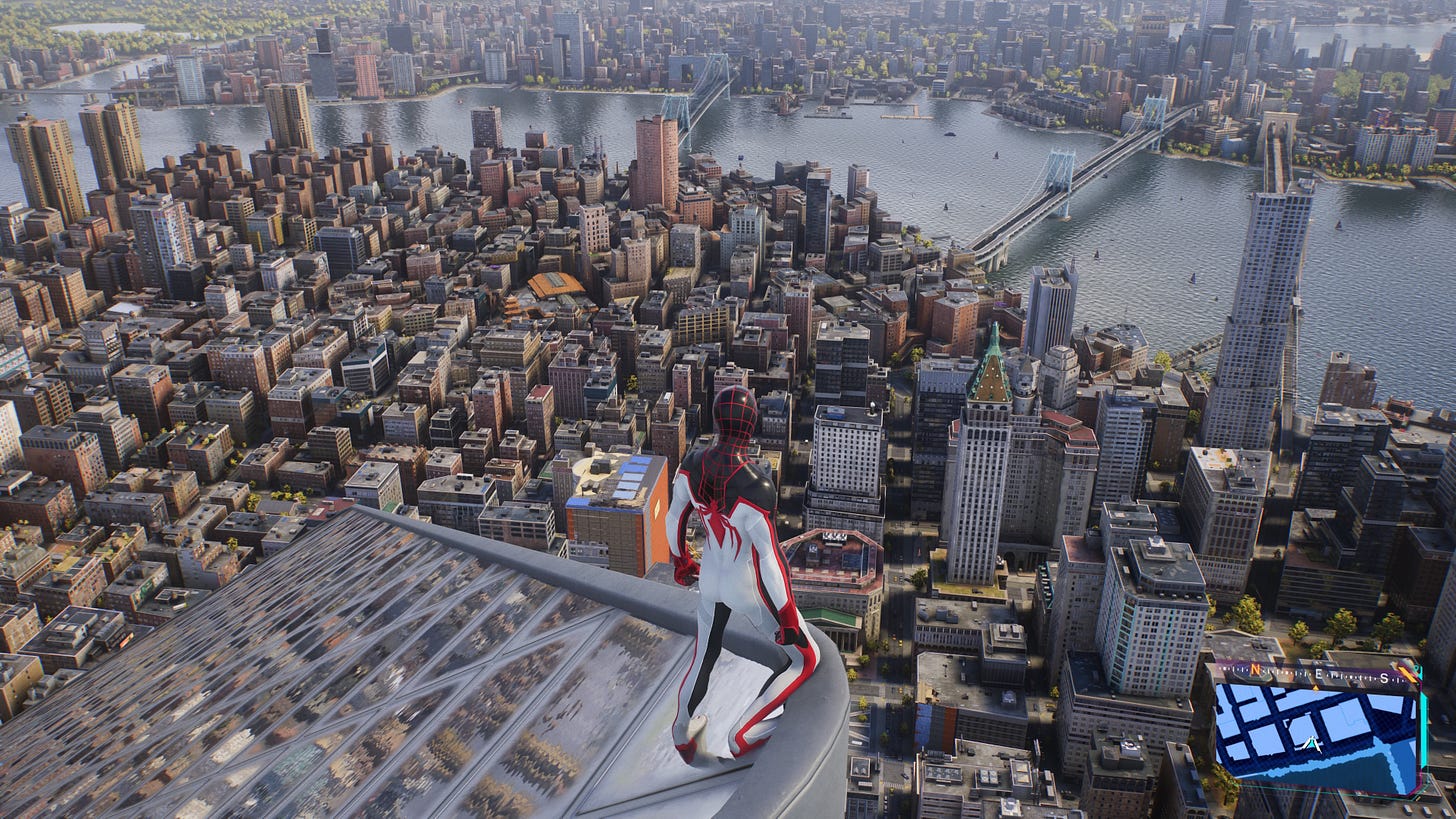
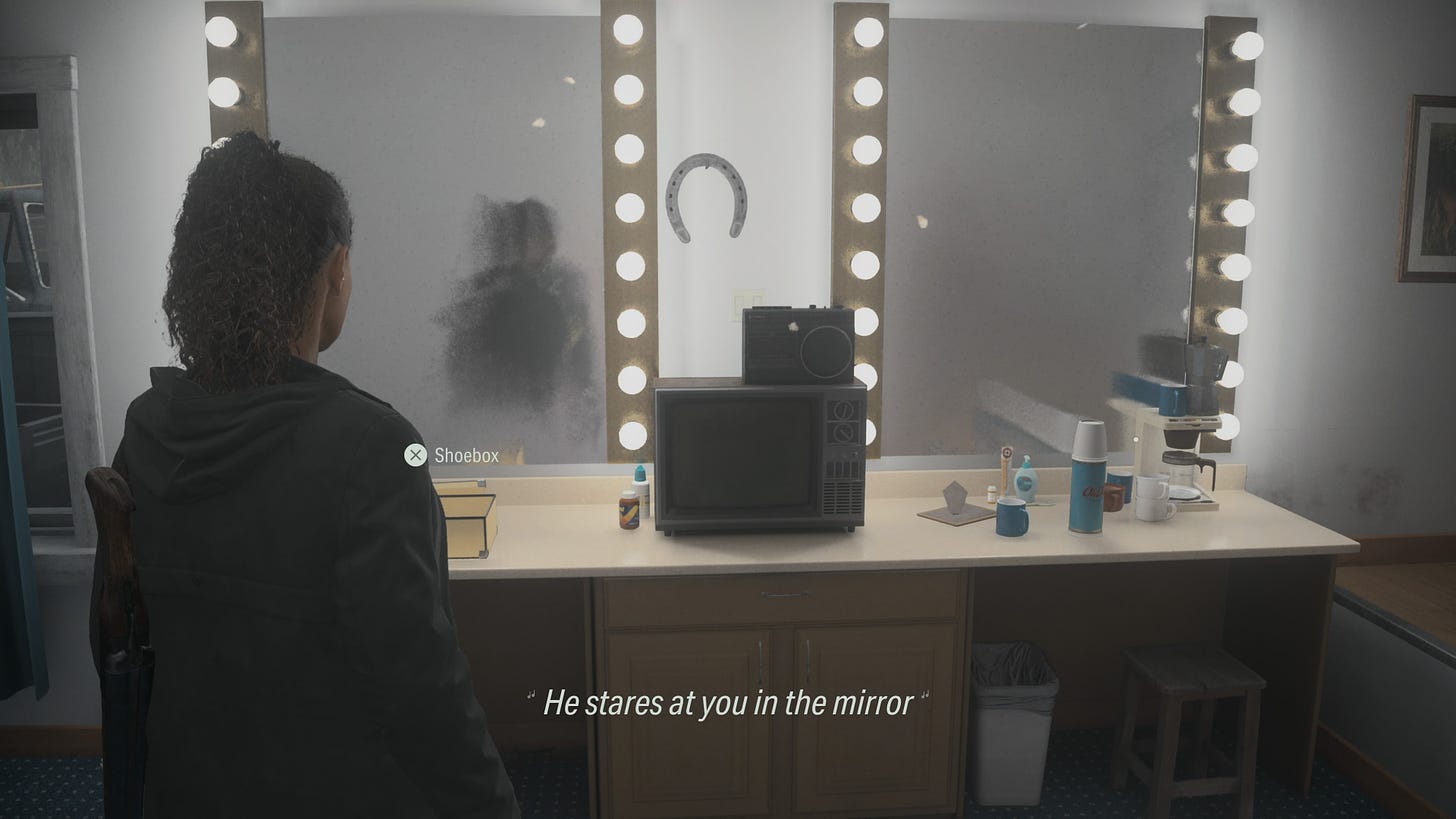
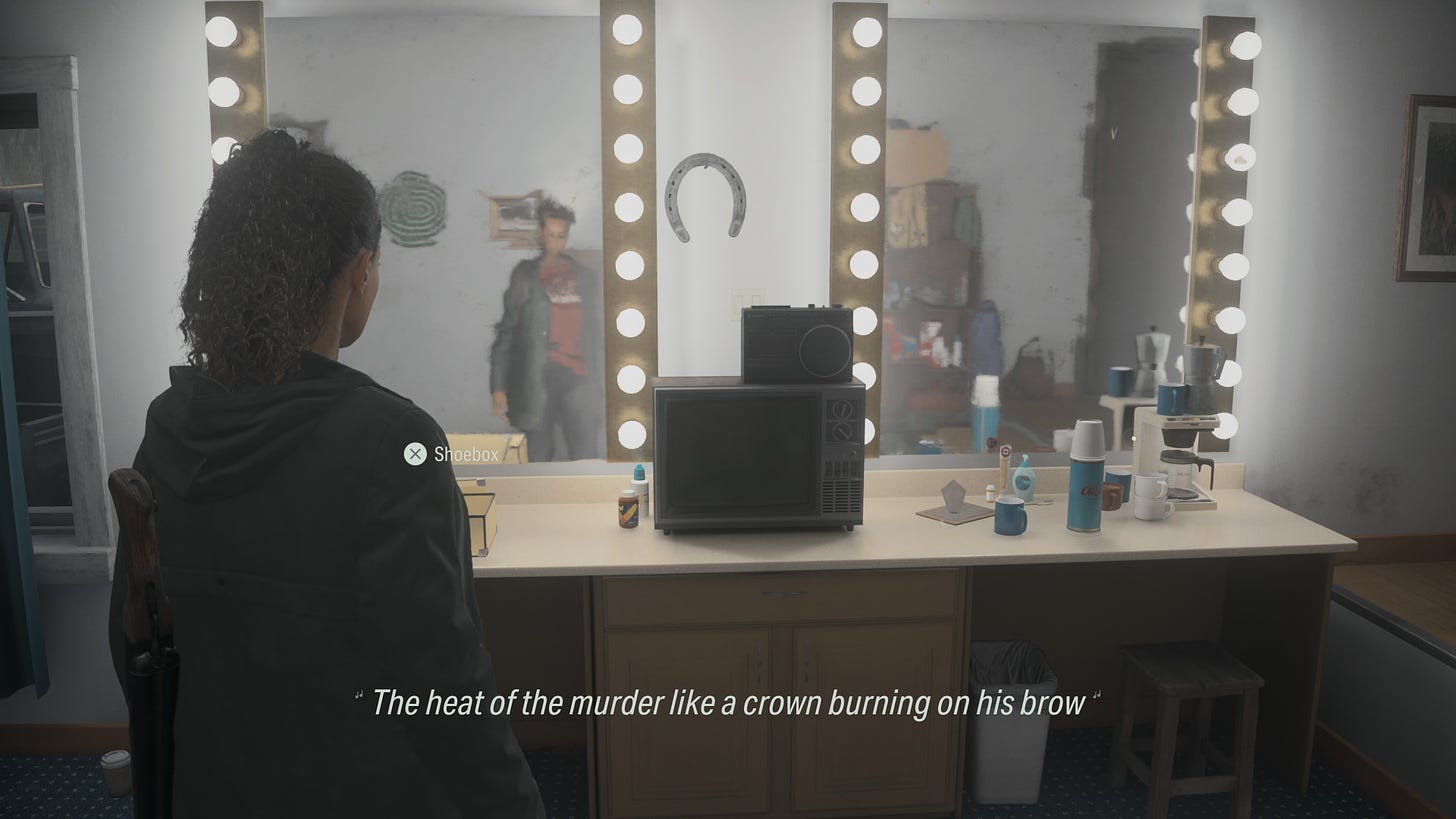

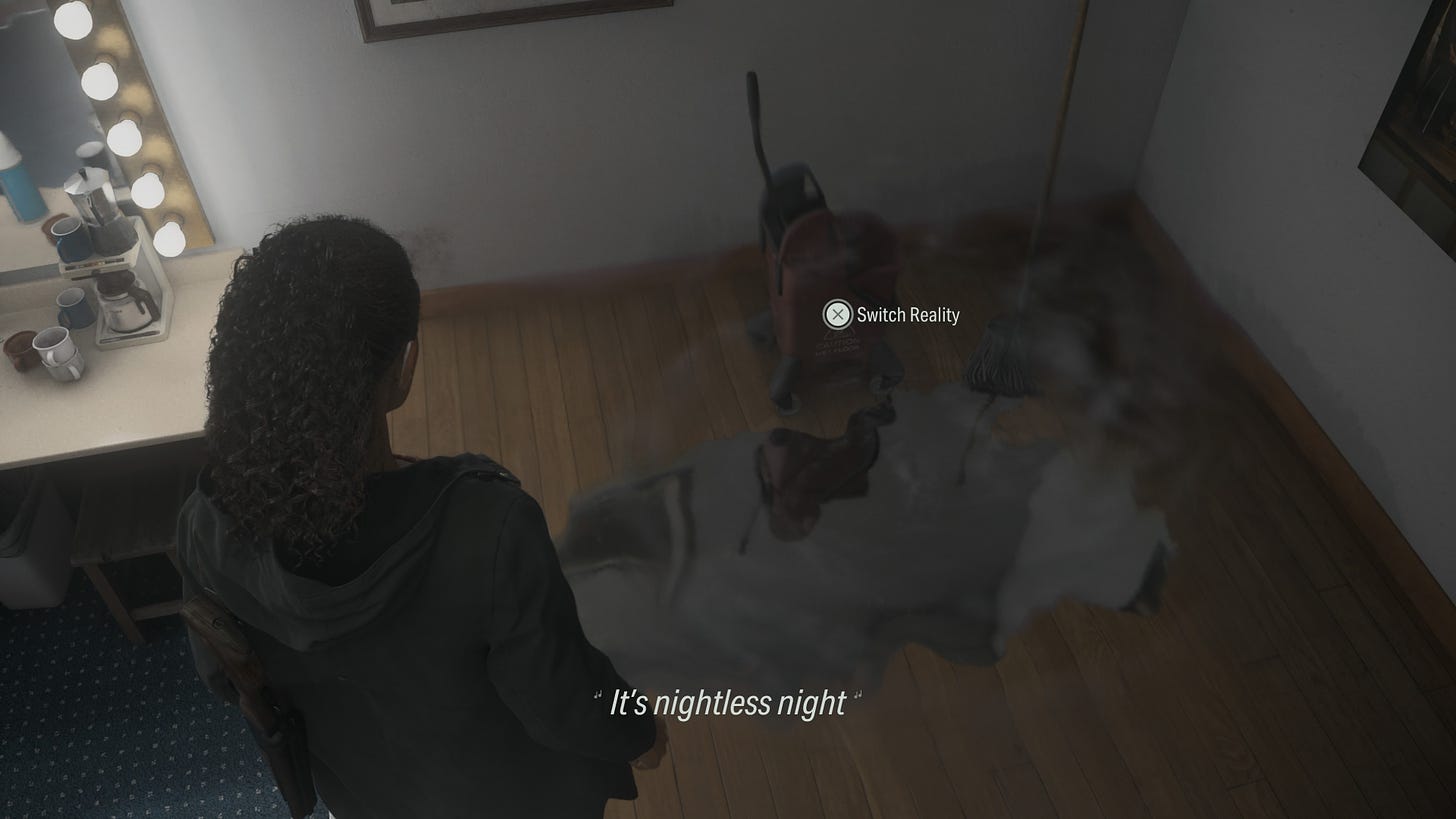
Oh boy, the PS5 Pro. It's €800 + €140 for the Disc Drive where I am. Oh, and €30 for the vertical stand, which isn't bundled with the console for some reason. Yeah, I'll stick with the PS5, especially since both the Switch successor and RTX 50 series are coming next year.
The note on the N64 Expansion Pack was interesting. It's worth mentioning that Nintendo also released mid-cycle upgrades for its portable systems (DS -> DSi, 3DS -> New 3DS) that also had exclusive games.
I certainly prefer that not to be the case, though. If you already have the old system, you're essentially paying a few hundred dollars just to access the few games that require that hardware.